Leading nations, top investors, and economic giants are interested in Vietnam because it has emerged as one of Asia’s most alluring financial ecosystems, manufacturing centers, and investment destinations. These nations are increasing their footprint in Vietnam through a variety of means, including strategic trade partnerships, industrial cooperation, and foreign direct investment (FDI).
Why Vietnam Is a Magnet for Global Investment and Manufacturing
Vietnam has become a popular destination for industrial growth due to a number of variables. Its increasing involvement in international manufacturing networks and pro-business government policies have made it a desirable location.
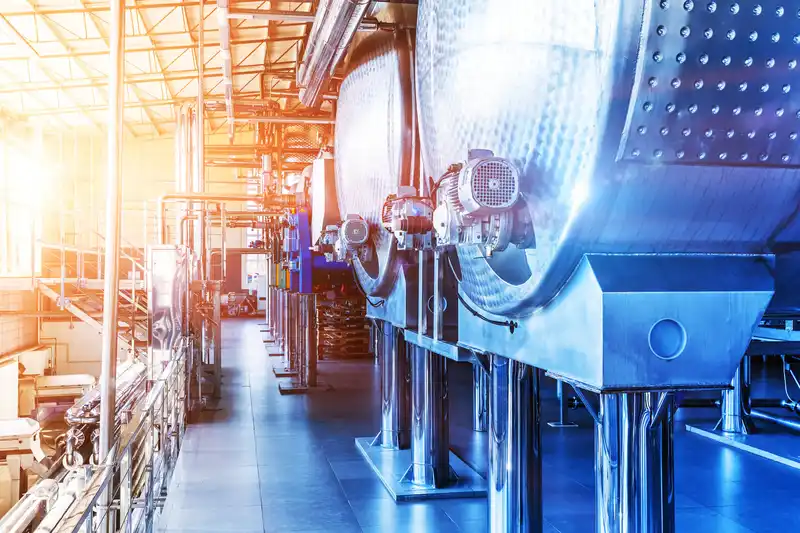
- Vietnam’s role in the global supply chain: With its contributions to assembly lines, the procurement of raw materials, and export operations, Vietnam is becoming a more significant player in the global manufacturing system. The nation’s integration promotes infrastructure mobility, human resource readiness, and logistics development.
- Strategic location in ASEAN: Vietnam, a country in Southeast Asia, benefits from geopolitical access, market closeness, and its status as a regional entry point to important Asian markets. For businesses aiming to diversify their manufacturing, this makes it an essential link.
- Trade agreements (CPTPP, EVFTA, RCEP): Vietnam’s potential to draw in investors is improved by its signature on high-impact trade agreements including the CPTPP, EVFTA, and RCEP. Long-term economic cooperation is promoted by these agreements, which provide market access, investment guarantees, and tariff removal.
- Tax and labor advantages: Vietnam has investor-friendly regulations, competitive wage structures, and corporate tax incentives. These rules make Vietnam a unique option when compared to areas that are hampered by high labor costs and tax pressures.
Which Countries Have Financial Investment and Manufacturing Centers In Vietnam
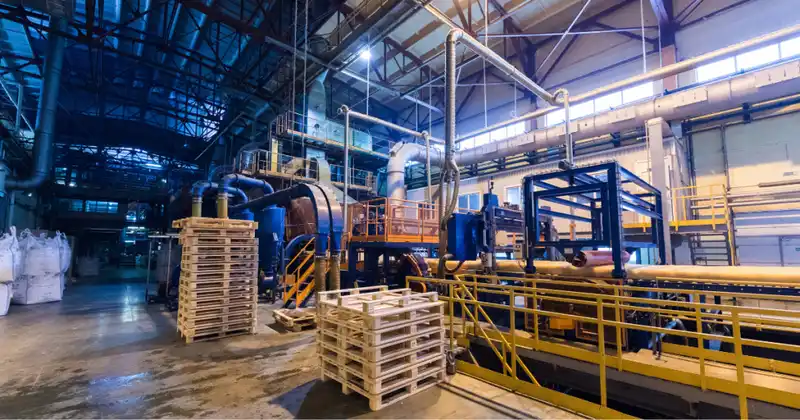
Japan – Vietnam’s Longstanding High-Tech Partner
Vietnam’s industrial base has benefited greatly from Japanese investment, particularly in the areas of electronics, automotive, and industrial automation. Large factories, joint ventures, and R&D centers spread throughout Hanoi, Hai Phong, and Da Nang are examples of its contribution. This partnership demonstrates a strong dedication to high-precision and lean manufacturing principles, with Japanese FDI enabling knowledge sharing and reliable supply chains.
South Korea – Dominating Electronics and Consumer Goods
With the help of industry titans like Samsung and LG, South Korea has become an important partner in the production of electronics, home appliances, and smart devices. Korean tier-1 and tier-2 suppliers have embedded operations in three major production clusters: Bac Ninh, Thai Nguyen, and Ho Chi Minh City. These investments encourage the dissemination of Korean technology and bolster Vietnam’s position as an export-focused electronics hub.
Singapore – Leader in Finance and Industrial Parks
Singapore has a significant impact on logistics infrastructure, industrial park development, and financial services. High-quality, interconnected zones that draw tenants from around the world are shown by the Vietnam-Singapore Industrial Park (VSIP) model. Singaporean capital centered on supply chain optimization, port services, and asset management is concentrated in Ho Chi Minh City and Binh Duong.
United States – Expanding in Tech, Manufacturing, and Energy
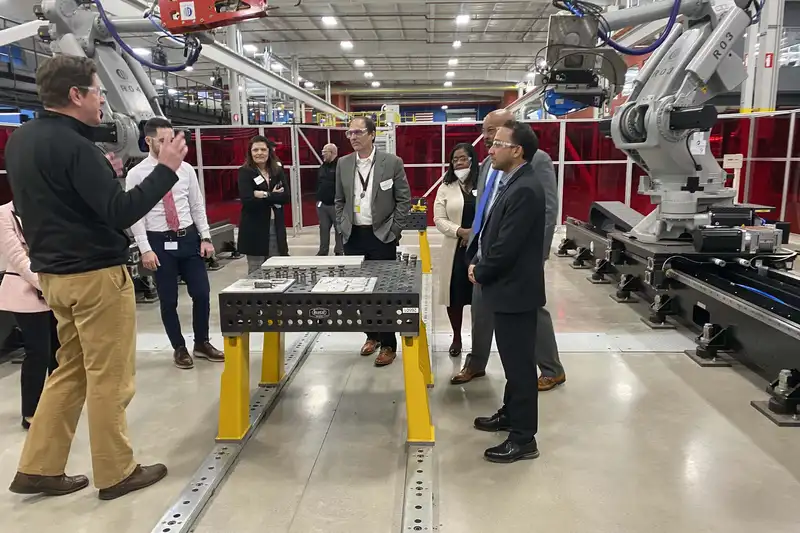
The United States is increasing its footprint in Vietnam by investing in advanced manufacturing, AI, semiconductors, and sustainable energy. Recent actions demonstrate a desire to take advantage of Vietnam’s strategic ability to diversify after China+1. There are growing American footprints in high-value technology parks, and important initiatives include clean tech, smart industries, and resilient supply chains.
Germany – Focus on Machinery and Renewable Energy
Precision engineering, machinery, and renewable energy are the main areas of investment for Germany. German companies are helping Vietnam transition to smart manufacturing, energy-efficient industrial processes, and green production through the EU-Vietnam Free Trade Agreement. German-built buildings in Vietnam prioritize environmental standards, automation, and industrial safety.
Where Are the Key Manufacturing Centers Located in Vietnam?
Vietnam’s industrial geography is divided into three major regions: North, South, and Central, each hosting different manufacturing strengths.
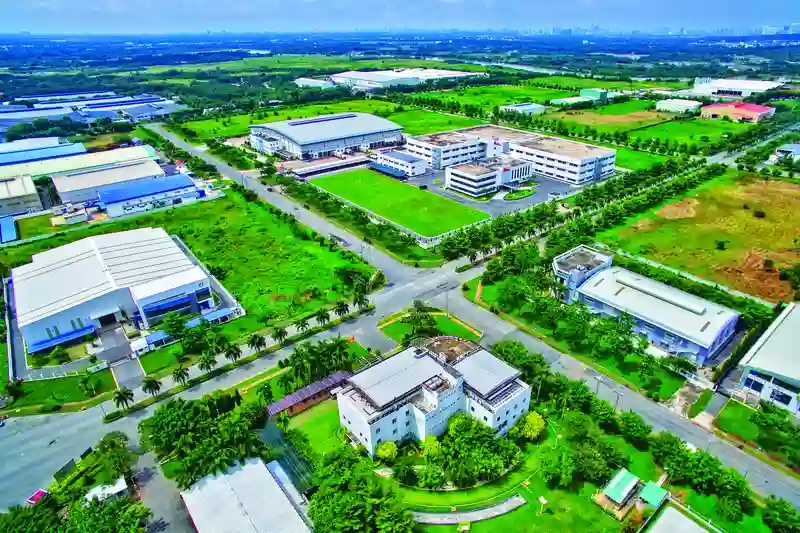
Northern Vietnam
Manufacturing hubs for telecom, electronics, and semiconductors can be found in areas like Bac Ninh, Hai Phong, and Thai Nguyen. Cross-border logistics are supported by the area’s proximity to China, and assembly, testing, and packaging services are supported by the local workforce. The concept for Vietnam’s Northern Vietnam industrial zones revolves around these industrial routes.
Southern Vietnam
Furniture, food processing, textiles, and plastics are the areas of expertise for southern provinces like Binh Duong and Dong Nai. Access to deep-sea ports and the financial district of Ho Chi Minh City are advantageous to these regions. Southern Vietnam is home to a large number of industries and distribution hubs that are prepared for export, making it a crucial region for Vietnam’s industrial parks.
Central Vietnam
Green technology and high-value industry hubs are emerging in Da Nang, Quang Nam, and Nghe An. With the help of contemporary infrastructure and digital governance, these areas draw investments in biotech, clean energy, and aerospace components. This region offers new opportunities for innovation and is representative of Vietnam’s developing manufacturing regions.
Financial Investment Centers and Economic Zones
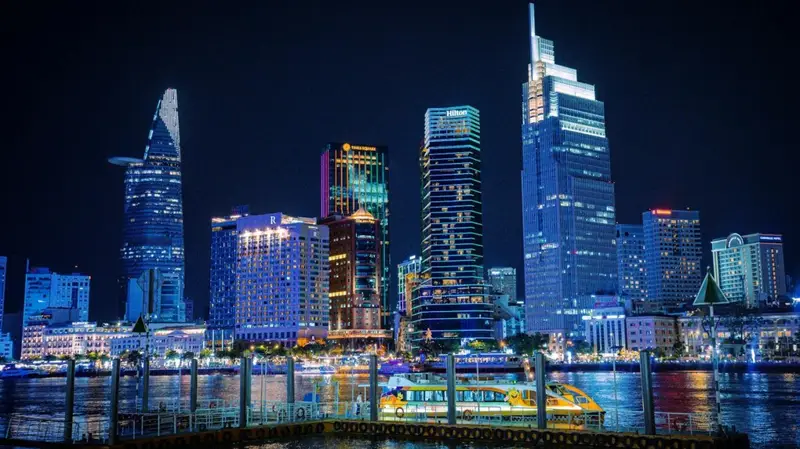
Vietnam’s financial and economic centers attract both foreign and indigenous investment.
- Ho Chi Minh City is a hub for entrepreneurs, banking, and fintech. The Ho Chi Minh Stock Exchange (HOSE) and prominent venture capital firms are based there, drawing in both private and equity capital.
- Hanoi is involved in trade diplomacy, infrastructure planning, and public financing. Many state-owned enterprises (SOEs) and overseas development offices are anchored by it, which also serves as the location of the national government and regulatory agencies.
- Da Nang’s digital economy is expanding, particularly in the areas of innovation and IT. It provides access to human capital through regional colleges, streamlined tax advantages, and developing co-working communities.
With the support of high-tech parks, special economic zones (SEZs), and logistical corridors like Long Thanh–Dong Nai and Hai Phong–Quang Ninh, these cities support a national policy of FDI city-based clustering.
Sector-Specific Investment Trends
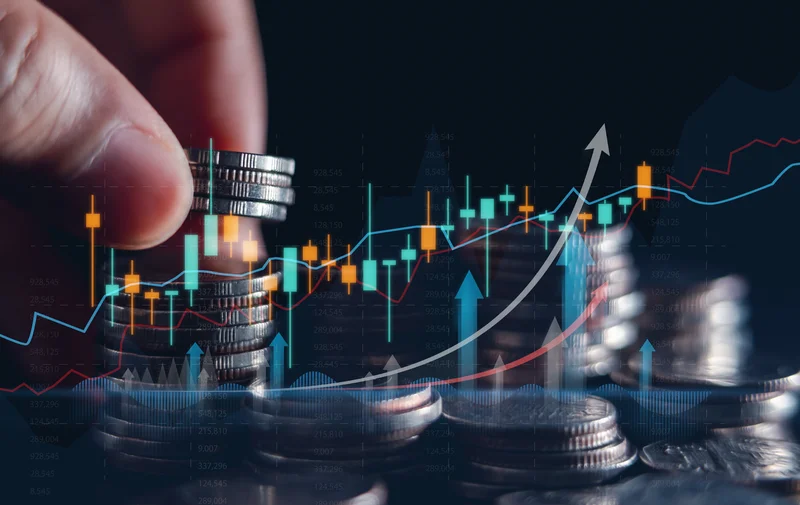
Vietnam’s industrial growth is supported by targeted sectors, including:
- Semiconductors and electronics (particularly in Bac Ninh and Hai Phong, where Samsung, Foxconn, and LG have plants).
- VinFast, global OEMs, and automotive supplier chains in Vinh Phuc and Quang Nam are the main drivers of automotive manufacturing and electric vehicles.
- Renewable energy and environmentally friendly production in the Central Highlands and Mekong Delta, such as wind farms, biomass technologies, and solar panel assembly.
- Intelligent warehousing and smart logistics, backed by port modernization initiatives, automated cold storage, and last-mile delivery services.
Each industrial vertical is being optimized for automation, AI integration, green compliance, and ESG-aligned investment. Vietnam is also experimenting with public-private partnerships (PPP) to speed up worker upskilling, tech transfer, and the establishment of R&D centers.
What Attracts Global Giants to Vietnam?
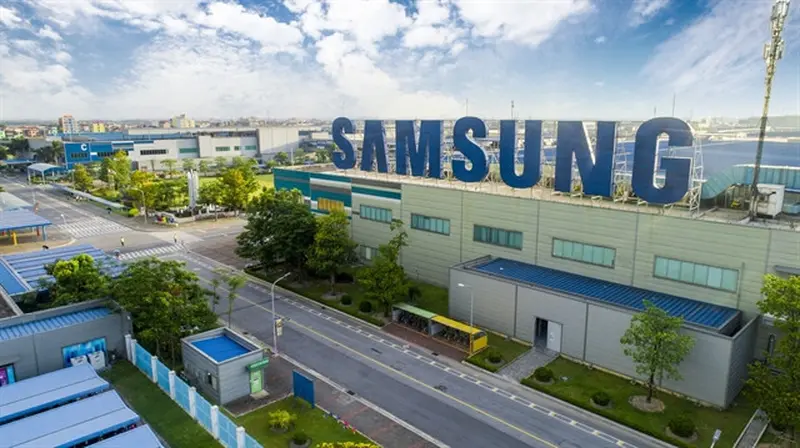
Global companies are drawn by a mix of:
- Young, tech-savvy employees and competitive pay rates.
- Trade openness and legal transparency are improved by the RCEP, EVFTA, and CPTPP.
- 5G connectivity, industrial clusters, and deep-sea ports are examples of upgraded infrastructure.
- Land rent exemptions, corporate tax holidays, and expedited FDI registration procedures are examples of government-led industrial incentives.
Long-term strategic planning, supply chain migration, and steady investment flow are all supported by these circumstances. Vietnam is a crucial component of the China+1 strategy due to its status as a hub for regional manufacturing.
Challenges for Foreign Investors in Vietnam
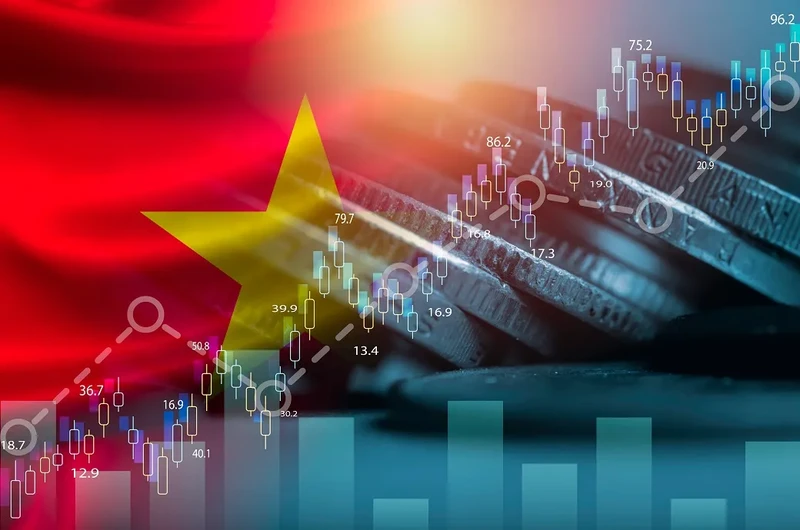
Despite the advantages, foreign firms may encounter:
- Regulations that are complicated, especially those pertaining to land ownership, licensing, and customs clearance.
- Energy and logistical infrastructure deficiencies, particularly in tier-2 industrial provinces.
- Sustainability standards and ESG reporting are increasingly required by global supply chain regulations (e.g., CBAM, CSRD).
Through legal advice, risk audits, and capacity-building initiatives, investors are urged to embrace flexible tactics, form regional alliances, and control compliance concerns. Operational resilience requires conformity to Vietnamese labor standards and cultural norms.
The Future of FDI and Manufacturing in Vietnam

Vietnam’s industrial future is rapidly evolving through:
- Precision manufacturing, automated assembly, and predictive maintenance employ robotics and artificial intelligence.
- IoT-enabled production, real-time data systems, blockchain-based traceability, and digital factory transformation.
- Production diversification in China+1, with new areas in Nghe An, Thanh Hoa, and Binh Duong showing promise as affordable substitutes
- Improved ASEAN supply chain integration, connected by standardized tariffs, digital trade platforms, and cross-border infrastructure.
The government is also promoting green industrialization, carbon-neutral growth, and the establishment of innovation hubs to attract next-generation FDI.
Conclusion: Vietnam’s Global Investment Future
Vietnam’s Global Investment Future Vietnam stands at the intersection of international investment flows and regional supply chains. Its forecast for 2025–2030 is robust, inventive, and expansionary, thanks to substantial commitments from Japan, South Korea, the United States, Germany, and Singapore. There are many prospects for newcomers and international businesses in a country that is quickly becoming one of Asia’s major manufacturing and financial hubs.
CONTACT

https://shorturl.fm/KFtcm
https://shorturl.fm/NSeCa
https://shorturl.fm/SlouN
https://shorturl.fm/Q0S4e
https://shorturl.fm/rHp1Z
https://shorturl.fm/RyvhH
https://shorturl.fm/HTLsS
https://shorturl.fm/p6Rpx
https://shorturl.fm/63lNn
https://shorturl.fm/R0a7G
https://shorturl.fm/pDKBU
https://shorturl.fm/4MJDb
https://shorturl.fm/a8dmq